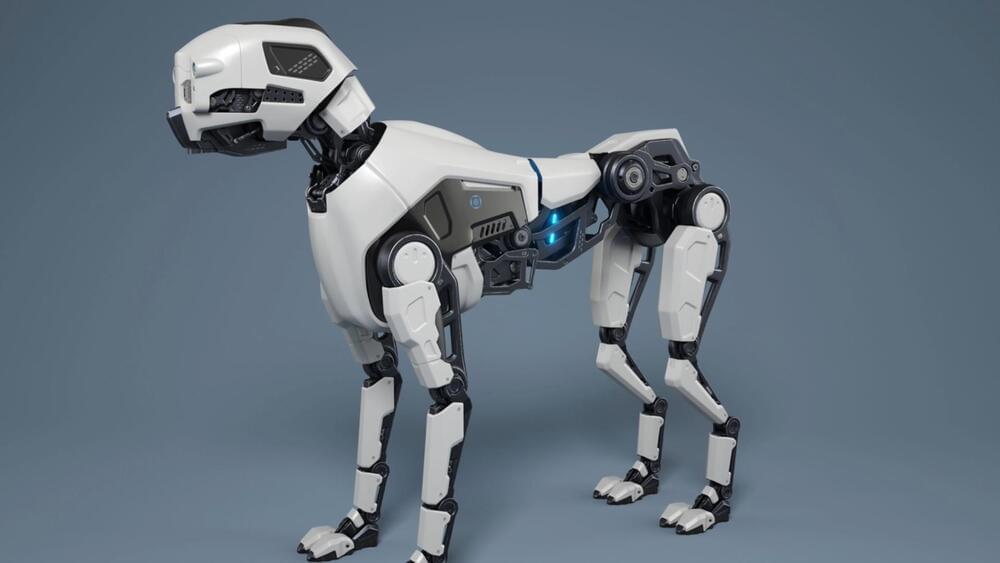The acquisition, which was first announced in January 2022, is the largest in Microsoft’s history and one of the biggest in the tech industry.
Microsoft has finally sealed the deal to buy Activision Blizzard, the gaming giant behind popular franchises such as Call of Duty, World of Warcraft, and Overwatch, for a whopping $68.7 billion. The acquisition, first announced in January 2022, is the largest in Microsoft’s history and one of the biggest in the tech industry.
Ending a long regulatory battle
The deal faced several regulatory hurdles, especially from the UK’s Competition and Markets Authority (CMA). It initially blocked the merger over concerns that it would harm competition in the cloud gaming market. Microsoft appealed the decision but later agreed to sell the cloud gaming rights for Activision Blizzard titles to Ubisoft, another major game publisher.









